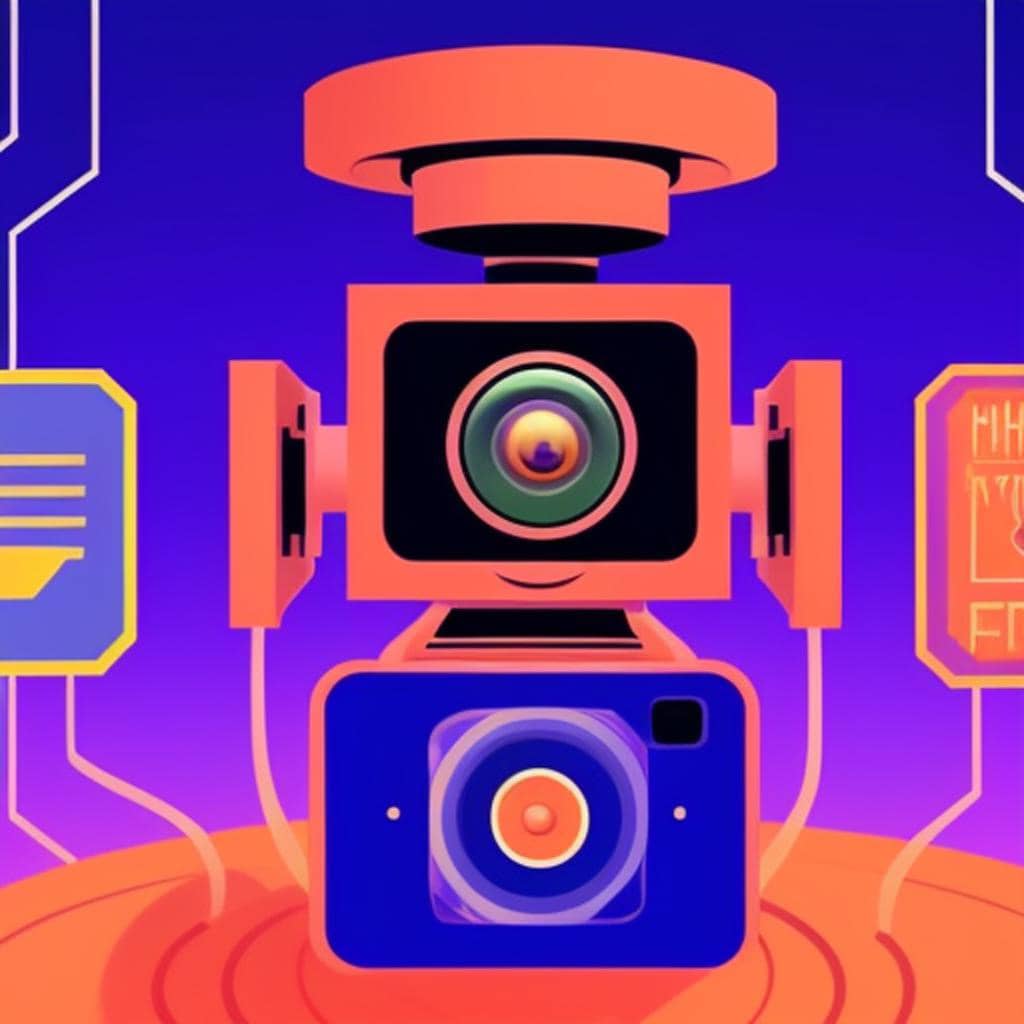
Table of Contents
What is a smart DRM system
DRM stands for Digital Rights Management. It refers to a set of technologies, protocols, and measures designed to protect and manage digital content, including visual works, to prevent unauthorized use, distribution, and modification. DRM systems are utilized in various sectors, such as music, publishing, and software, to safeguard intellectual property. For example, when you purchase an eBook, the DRM technology ensures that it cannot be easily copied or distributed without permission, maintaining the author’s rights and revenue.
DRM systems typically involve encrypting the content and implementing access controls to restrict its use. These controls may include limitations on copying, printing, sharing, or modifying the content. For instance, a music streaming service may allow users to stream songs but restrict them from downloading or sharing the files. DRM technologies often require special software or devices to decrypt and access the protected content, creating a barrier for unauthorized users while enabling legitimate consumers to enjoy the material.
The primary goal of DRM systems is to prevent piracy and unauthorized distribution of copyrighted material. This is crucial in an era where digital content can be easily replicated and shared. For instance, without DRM, a popular movie could be uploaded to torrent sites, undermining the revenue streams of filmmakers. DRM aims to strike a balance between protecting the rights of content creators and facilitating legitimate use and distribution of digital content, ensuring that creators can profit from their work while still allowing consumers to access it legally.
DRM systems are commonly used in various industries, including publishing, music, video, software, and gaming. They help content creators and rights holders control how their works are used and ensure that users comply with the terms and conditions set for accessing and using the content. For example, video game developers often use DRM to prevent piracy, requiring users to authenticate their copy of the game online before playing, thus preserving their sales and investments.
While DRM systems can be effective in deterring unauthorized use, they are not foolproof and have faced criticism for potential limitations on user rights, interoperability issues, and potential restrictions on fair use. Users often feel frustrated when they buy a product but cannot use it as they wish due to DRM restrictions.
For instance, a user might purchase a movie digitally but be unable to watch it on different devices because of DRM limitations. The implementation and impact of DRM systems can vary depending on specific platforms, technologies, and legal frameworks.

Future of DRM
Looking ahead, the future of DRM will likely involve balancing the need for copyright protection with user accessibility. As technology advances, new solutions may emerge that allow for more flexible use of digital content while still safeguarding the rights of creators. For example, blockchain technology is being explored as a potential method for managing digital rights, offering transparency and security in content distribution. The evolution of DRM will continue to reflect the ongoing dialogue between content creators, distributors, and consumers.
Challenges and Critiques of DRM
Despite its intended purpose, DRM faces several challenges and critiques. One significant concern is the impact on consumer rights and fair use. Critics argue that DRM can restrict how users engage with purchased content, potentially infringing on their rights. For example, a teacher who wants to share educational material with students may face barriers due to DRM restrictions, limiting educational opportunities. Additionally, the complexity of DRM systems can lead to frustration for legitimate users who encounter technical issues when trying to access content.
The Evolution of DRM
Over the years, DRM technology has evolved significantly, adapting to the changing landscape of digital content consumption. Initially, DRM focused on limiting the distribution of digital files, but as streaming services gained popularity, the focus shifted towards managing access to online content. For instance, platforms like Netflix and Spotify utilize DRM to provide seamless streaming experiences while protecting content from unauthorized access. This evolution reflects the industry’s response to consumer demand for greater accessibility while maintaining copyright protection.
Shop Corner
Digital Right Management On Amazon
Get in touch
For optimal video SEO, it is crucial to strike a harmonious equilibrium and execute tactics that correspond to your unique content and intended viewership. Don’t hesitate to contact us for a customized estimate and elevate your video content to unprecedented levels of accomplishment.
First steps as a vlogger?
Visit Vlogsuite with tips and tools for vloggers
Wishing you the best of luck in achieving the top position!
May you soar to rank #1 and celebrate your success with joy and excitement! 🚀 🏆🎉
Good luck ✨









